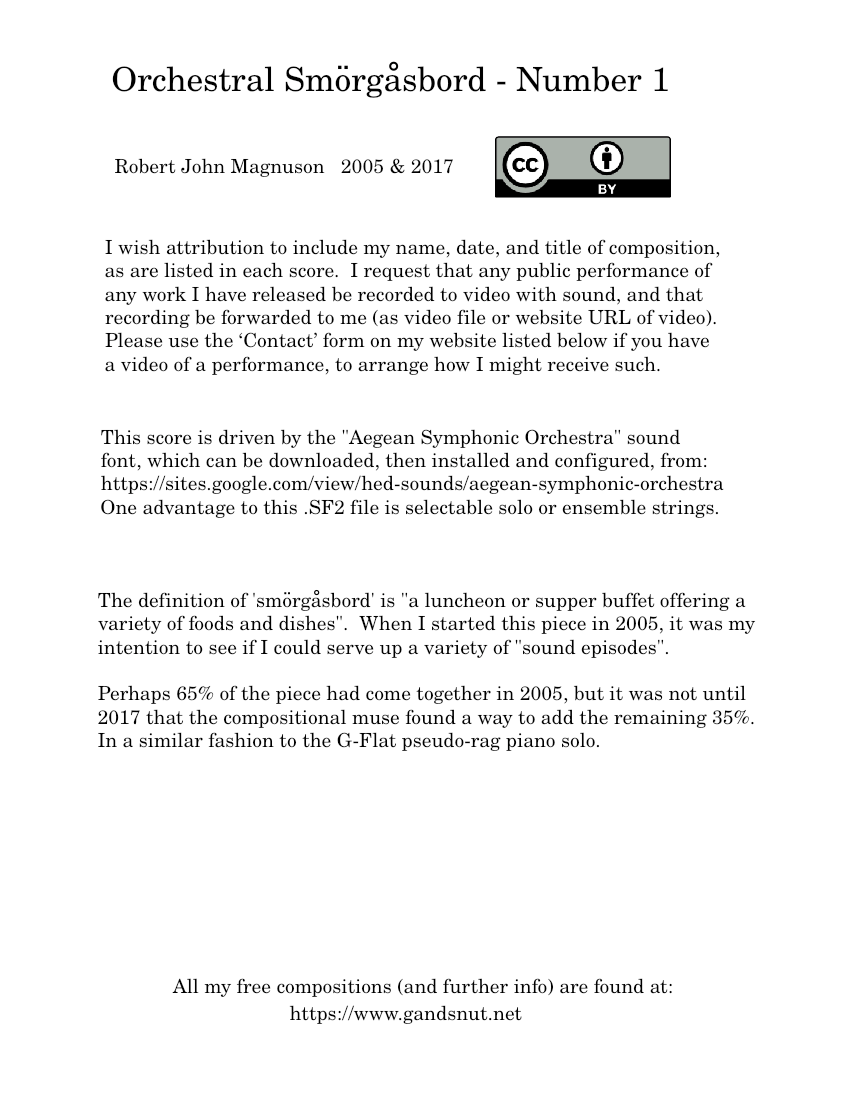My B.A. in K-12 Vocal/Choral Music Education 1977 from Millikin in Illinois DID NOT require I learn ANYTHING about band / symphonic instruments. Since 1990, I've used notation/sequencing software & MIDI devices to realize what I want to compose.
I've been an electric bassist most of my life, and have a special affinity for any of the lower-voiced instruments, i.e., bassoon, 'cello, contrabass, bass trombone/tuba. In 2016, I wrote this duet:
(Score & audio are available there.)
From my research about the 1) transposing realities, and 2) composer considerations what/how to write music for any clarinet, things are starting to get complicated. I now understand how a composer can ask a clarinetist to switch from Bb to A clarinet in a piece - to avoid messy key signatures. OK, I get that. That's 2 regular clarinets.
But if I have regular AND bass clarinets in a composition, my research tells me I can't ask the same thing of a bass clarinetist; there is no "A bass clarinet". So in this recently published composition (on the MuseScore web platform), I'm asking perhaps TOO MUCH of a bass clarinetist to play in 6-sharps:

 musescore.com
(View score & listen during playback.)
musescore.com
(View score & listen during playback.)
I guess these are my concerns for right now. I appreciate all diplomatic feedback given.
I've been an electric bassist most of my life, and have a special affinity for any of the lower-voiced instruments, i.e., bassoon, 'cello, contrabass, bass trombone/tuba. In 2016, I wrote this duet:
(Score & audio are available there.)
From my research about the 1) transposing realities, and 2) composer considerations what/how to write music for any clarinet, things are starting to get complicated. I now understand how a composer can ask a clarinetist to switch from Bb to A clarinet in a piece - to avoid messy key signatures. OK, I get that. That's 2 regular clarinets.
But if I have regular AND bass clarinets in a composition, my research tells me I can't ask the same thing of a bass clarinetist; there is no "A bass clarinet". So in this recently published composition (on the MuseScore web platform), I'm asking perhaps TOO MUCH of a bass clarinetist to play in 6-sharps:

Orchestral Smörgåsbord - Number 1
Download and print in PDF or MIDI free sheet music of Orchestral Smörgåsbord - Number 1 - Are Jayem for Orchestral Smörgåsbord - Number 1 arranged by Are Jayem for Piano, Trombone, Flute, Oboe & more instruments (Mixed Ensemble)
I guess these are my concerns for right now. I appreciate all diplomatic feedback given.


